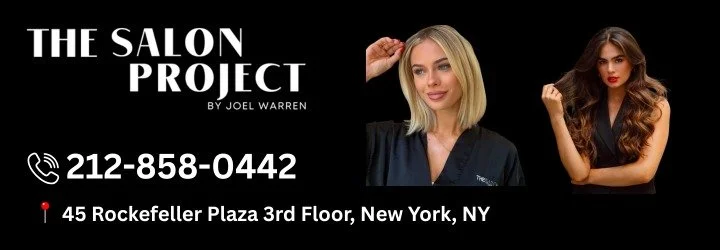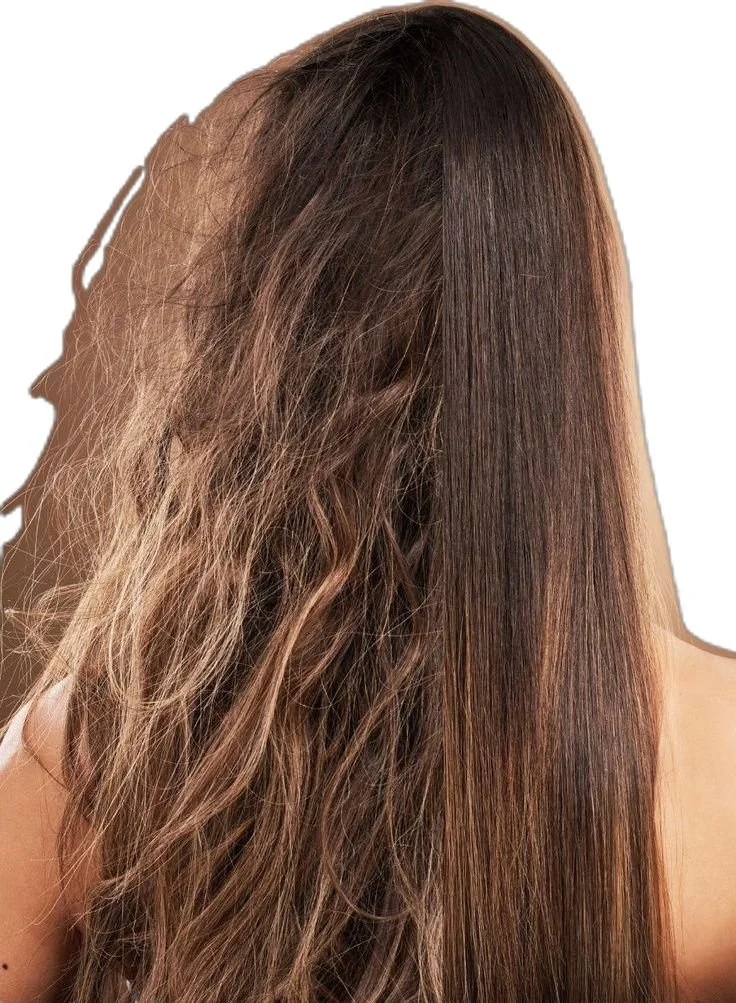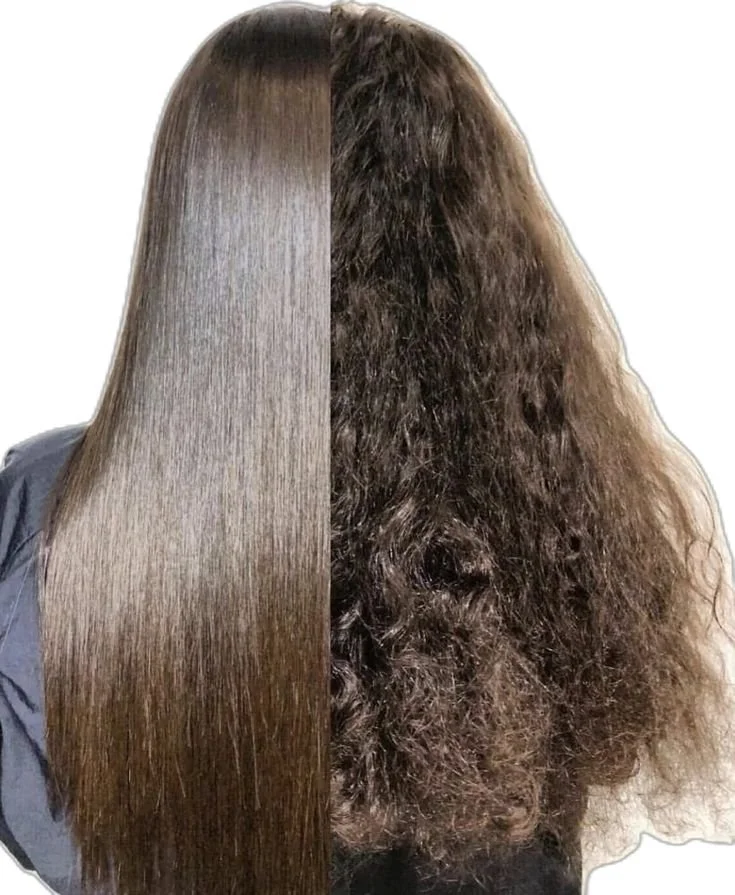Keratin for Curly Hair: Can You Keep Your Curl Pattern and Reduce Frizz?
Keratin for curly hair has become one of the most discussed treatments in the haircare industry. Many people with textured hair wonder if it is possible to enjoy the smooth, frizz-free benefits of keratin without sacrificing their natural curl pattern. In this article, we’ll explore how keratin works, the pros and cons for curly hair, and the best practices to maintain your curls while reducing frizz.
What Is Keratin Treatment?
Keratin is a protein naturally found in hair, skin, and nails. A keratin treatment is a chemical process where keratin is applied to the hair to repair damage, add shine, and reduce frizz. The treatment works by coating the hair shaft with a protective layer, which can temporarily alter the hair’s texture, making it smoother and more manageable.
While many associate keratin treatments with completely straight hair, modern formulas allow for more flexibility, especially for those with curly or wavy hair.
How Does Keratin Affect Curly Hair?
Curly hair is naturally more prone to frizz because its twists and turns make it harder for natural oils to travel down the hair shaft. A keratin treatment can help by smoothing the outer cuticle and providing moisture, which reduces the appearance of frizz.
However, the intensity of the smoothing depends on the formula and application technique. Some treatments may loosen curls, while others enhance their natural shape while still taming frizz. Understanding the treatment’s strength is crucial for anyone wanting to keep their curls intact.
Benefits of Keratin for Curly Hair
1. Frizz Reduction
One of the biggest advantages of keratin for curly hair is frizz control. Curly hair is highly susceptible to humidity and environmental damage, which often leads to a frizzy appearance. Keratin treatments help seal the hair cuticle, locking in moisture and creating a smoother, shinier surface.
2. Easier Styling
After a keratin treatment, curly hair is easier to detangle and style. Blow-drying and curling become less time-consuming, which can be a major relief for those who struggle with managing voluminous curls daily.
3. Strengthened Hair
Keratin treatments can help strengthen hair strands that are weak or damaged from chemical processing, heat styling, or environmental stressors. Stronger hair is less prone to breakage, which is particularly important for maintaining healthy curly hair.
Risks and Considerations
While keratin treatments offer numerous benefits, there are some potential drawbacks to consider.
1. Chemical Exposure
Most keratin treatments contain formaldehyde or formaldehyde-releasing compounds, which can pose health risks if inhaled or used improperly. Always seek treatments in professional salons with good ventilation.
2. Possible Curl Loosening
Depending on the treatment strength, some curly hair textures may experience a loosening of curls or waves. This effect varies from person to person and may not be suitable for those wanting to maintain tight curls.
3. Cost and Maintenance
Keratin treatments can be expensive, ranging from $150 to $600 depending on the salon and hair length. They also require specific maintenance routines, such as using sulfate-free shampoos and avoiding excessive washing, to prolong the results.
Choosing the Right Keratin Treatment for Curly Hair
Not all keratin treatments are created equal. If your goal is to keep your curls while reducing frizz, you should look for treatments that are designed specifically for curly or wavy hair.
1. Brazilian Blowout for Curly Hair
A Brazilian Blowout is a popular option that smooths frizz without fully straightening hair. It’s ideal for those with loose to medium curls who want manageable, shiny hair.
2. Keratin Smoothing Systems
Some newer keratin systems use lower concentrations of formaldehyde or formaldehyde-free alternatives. These are safer and tend to preserve more of the natural curl pattern.
3. Consultation Is Key
Always consult a professional stylist experienced with curly hair before committing to a keratin treatment. They can assess your hair type and recommend the formula that will best maintain your curls while reducing frizz.
How to Maintain Curls After Keratin Treatment
Maintaining curls after a keratin treatment requires care and the right products. Here are some tips to help your curls stay healthy and bouncy:
Use Sulfate-Free Shampoos and Conditioners: Sulfates can strip the hair of keratin, shortening the life of the treatment.
Avoid Excessive Heat: Limit flat irons and curling wands, as heat can accelerate the fading of the keratin treatment.
Deep Condition Regularly: Hydration is key for curly hair. Use a deep conditioner at least once a week.
Protect Hair While Sleeping: Use a silk or satin pillowcase to reduce friction and frizz. You can also loosely braid or pineapple your hair at night to preserve curl shape.
Alternatives to Keratin for Curly Hair
If you’re hesitant about chemicals, there are natural alternatives to reduce frizz and maintain healthy curls.
Leave-in Conditioners and Curl Creams: These provide moisture and help define curls without altering their natural pattern.
Hair Oils: Argan, coconut, or jojoba oil can seal the hair cuticle and add shine.
Protein Treatments: Regular protein treatments can strengthen hair, similar to keratin, but without formaldehyde or harsh chemicals.
Final Thoughts
Keratin for curly hair can be a game-changer for those struggling with frizz, dryness, or unruly curls. However, it is not a one-size-fits-all solution. By understanding how keratin interacts with curly hair, choosing the right treatment, and following a dedicated maintenance routine, you can enjoy smoother, healthier curls without losing your natural texture.
Ultimately, the best approach is a balanced one: combining professional treatments with at-home care to protect your curls while achieving the frizz-free results you desire. Whether you opt for a full keratin smoothing treatment or a gentler alternative, the key is preserving the beauty and individuality of your curls




